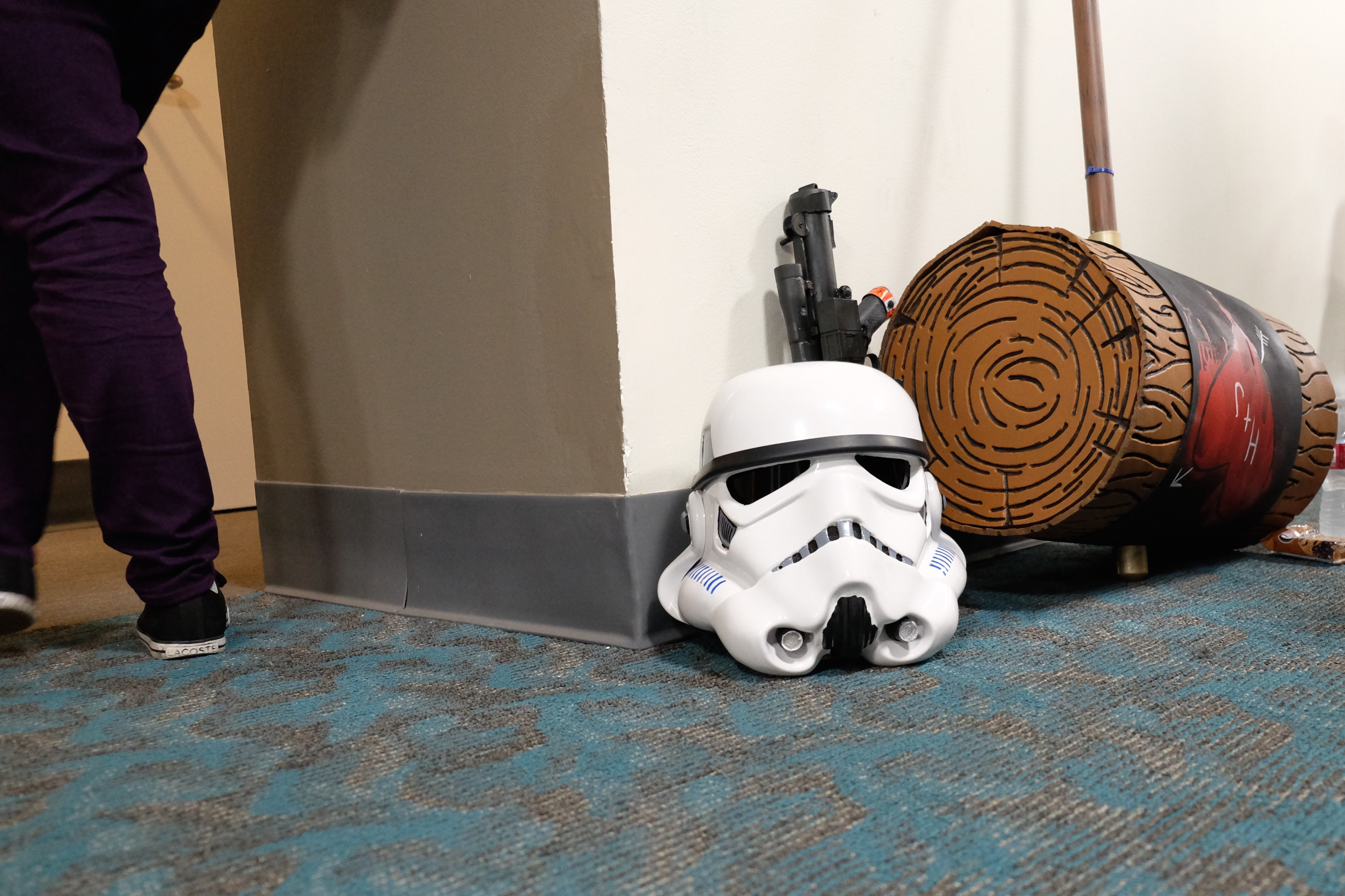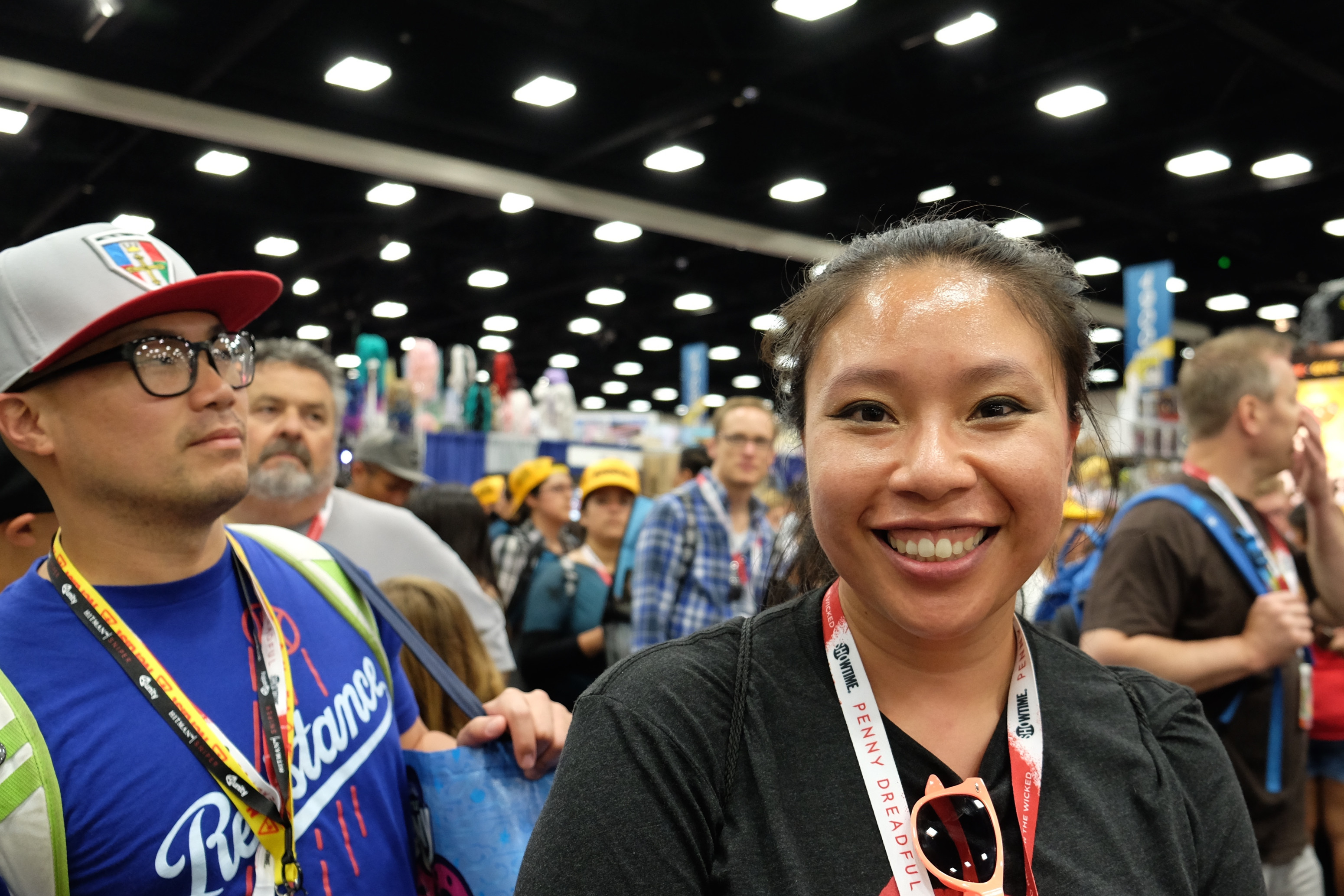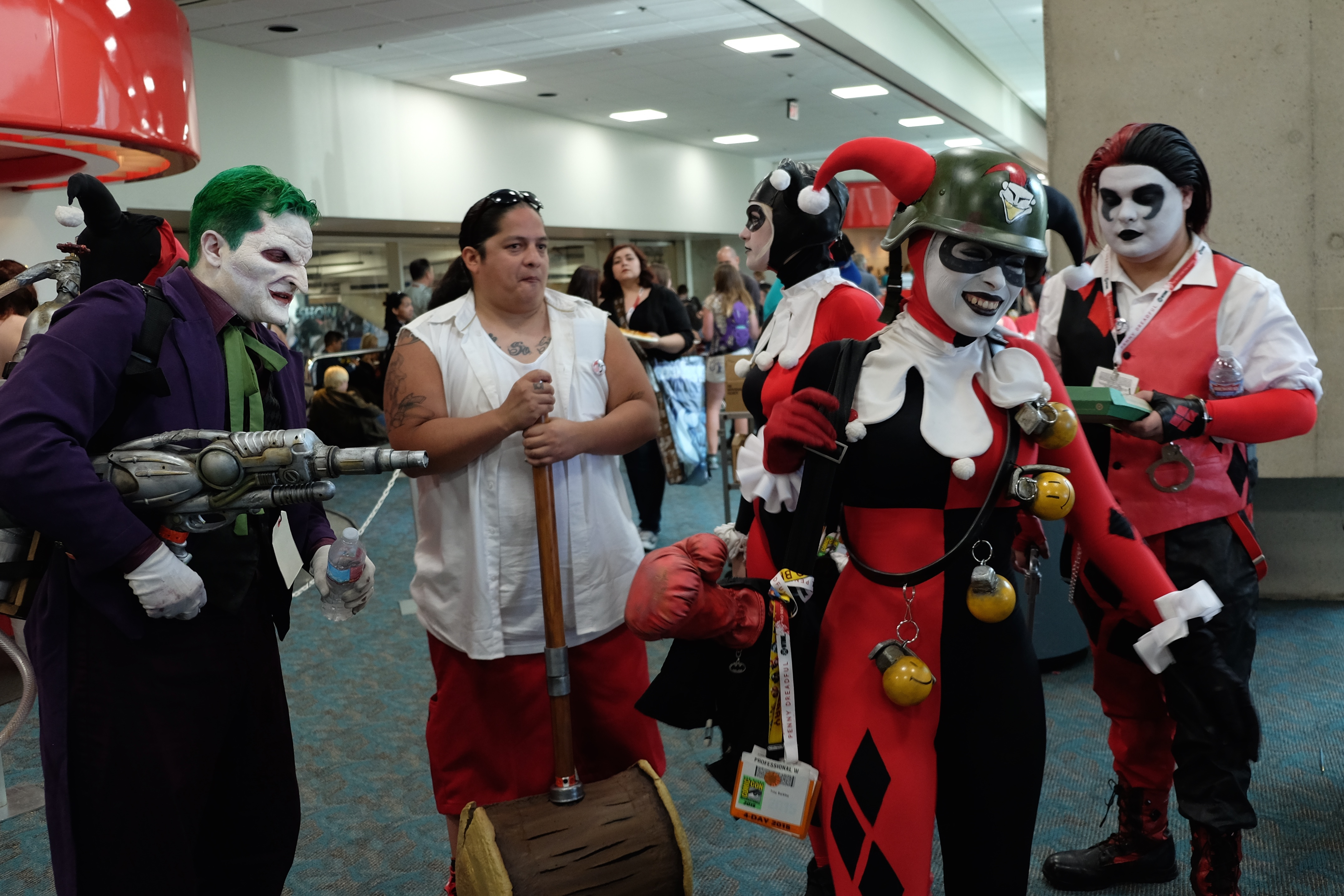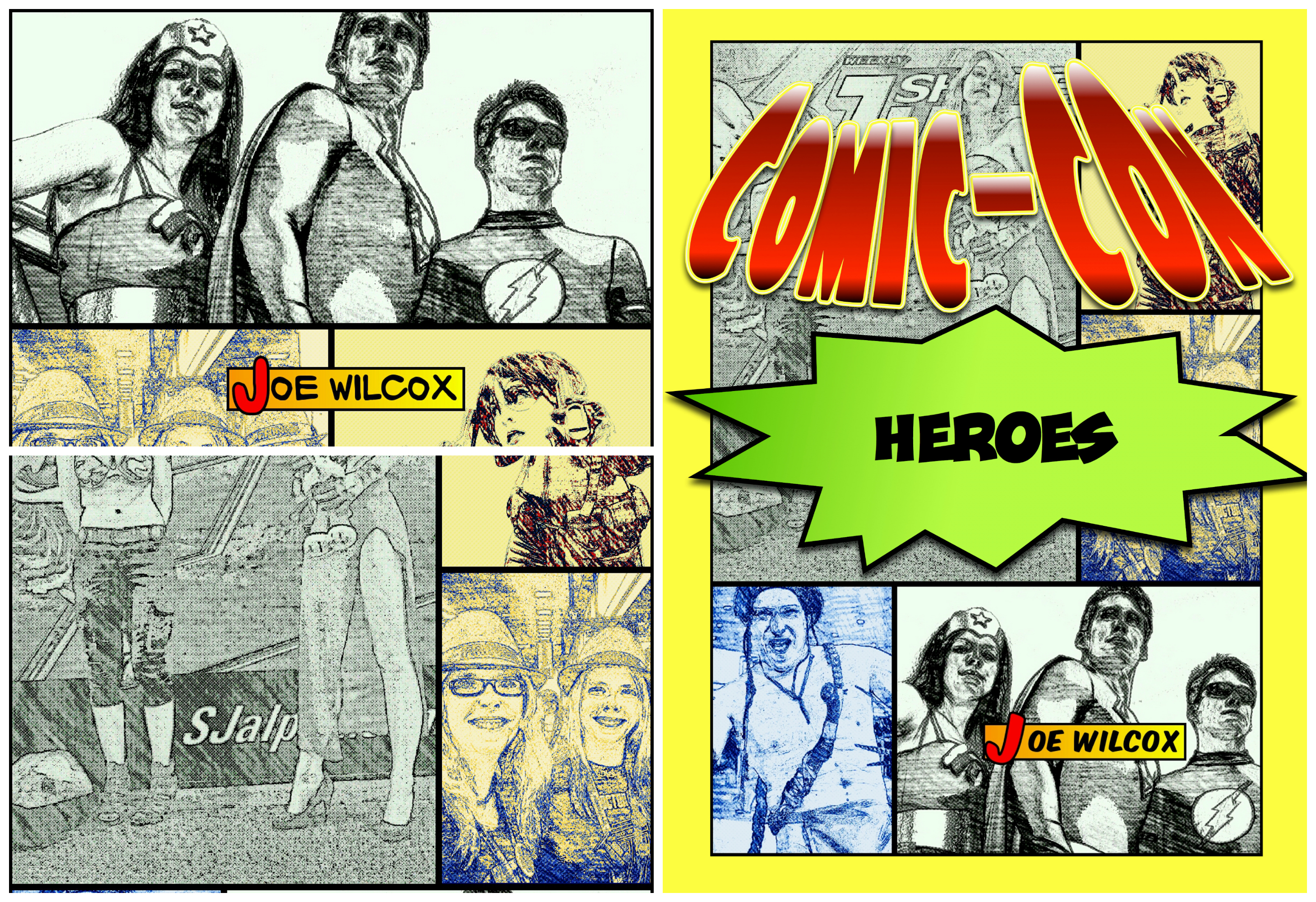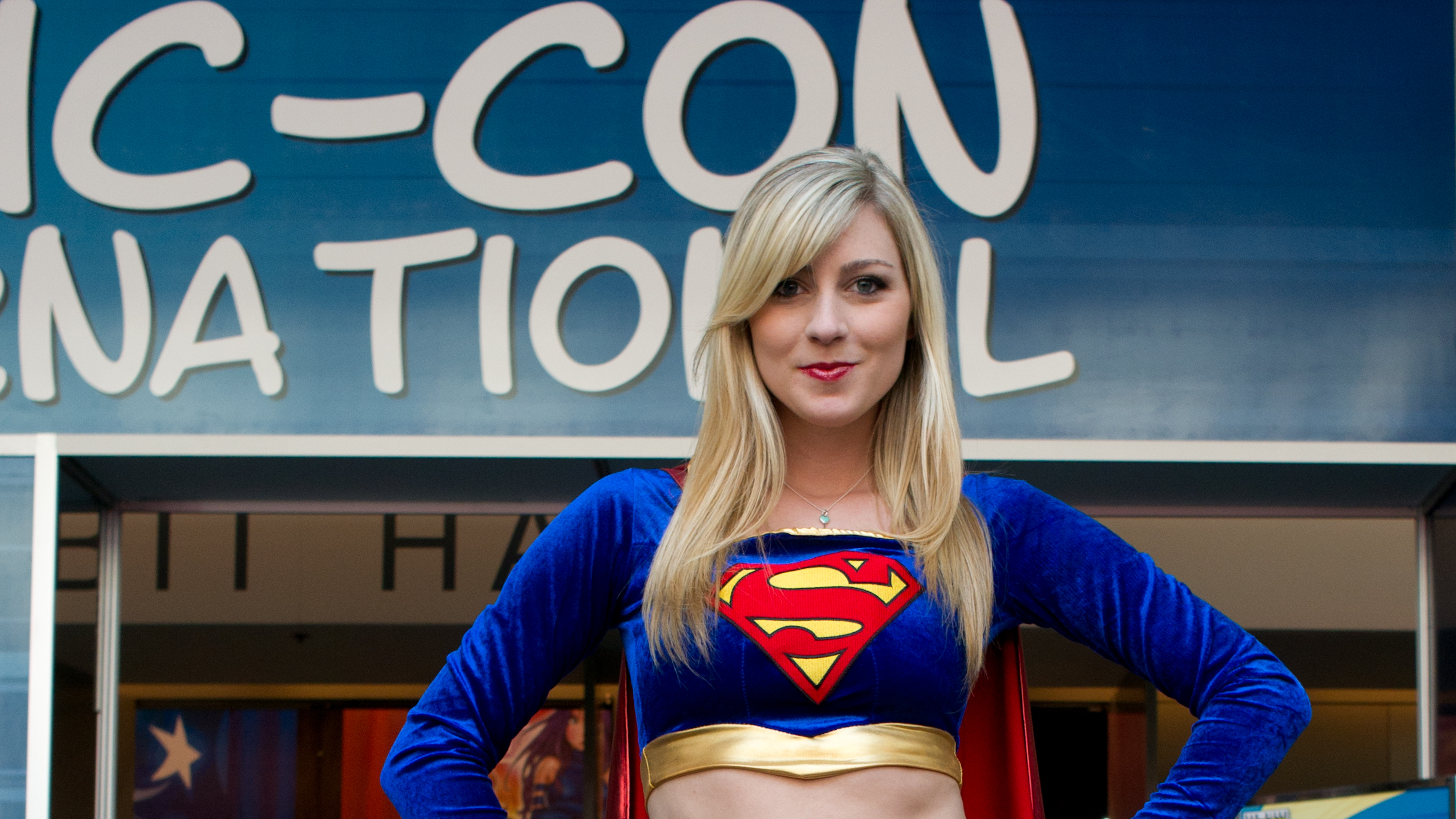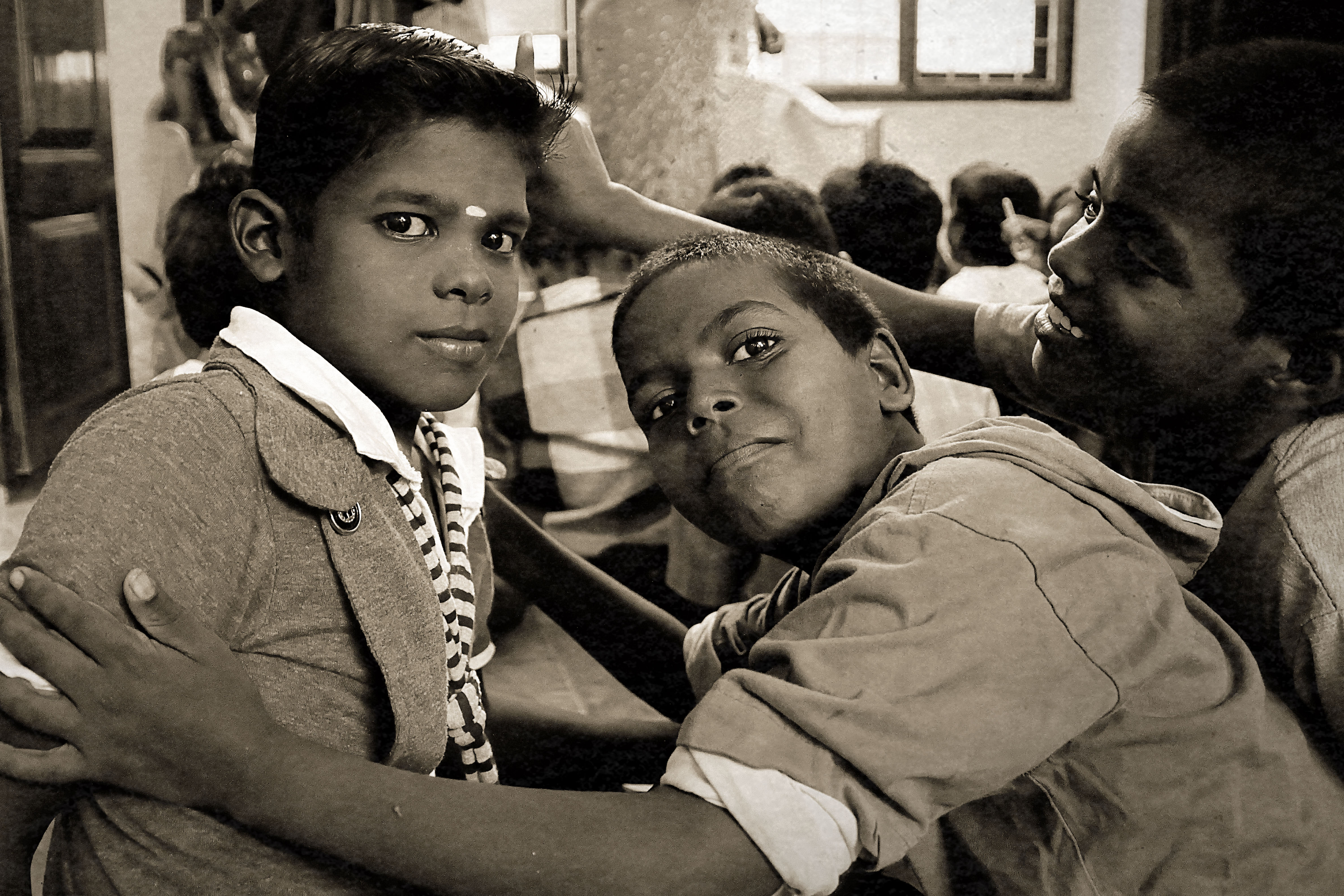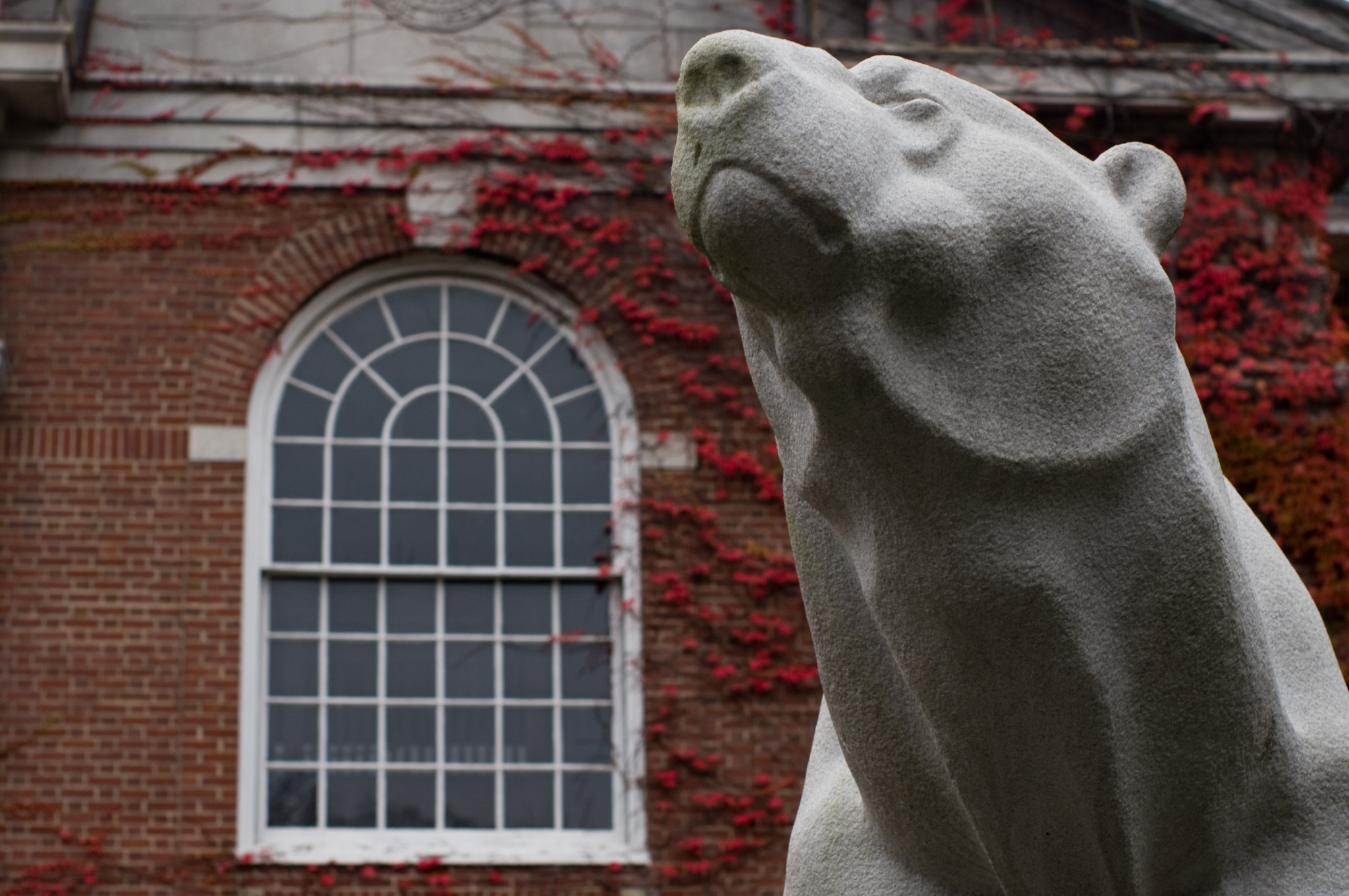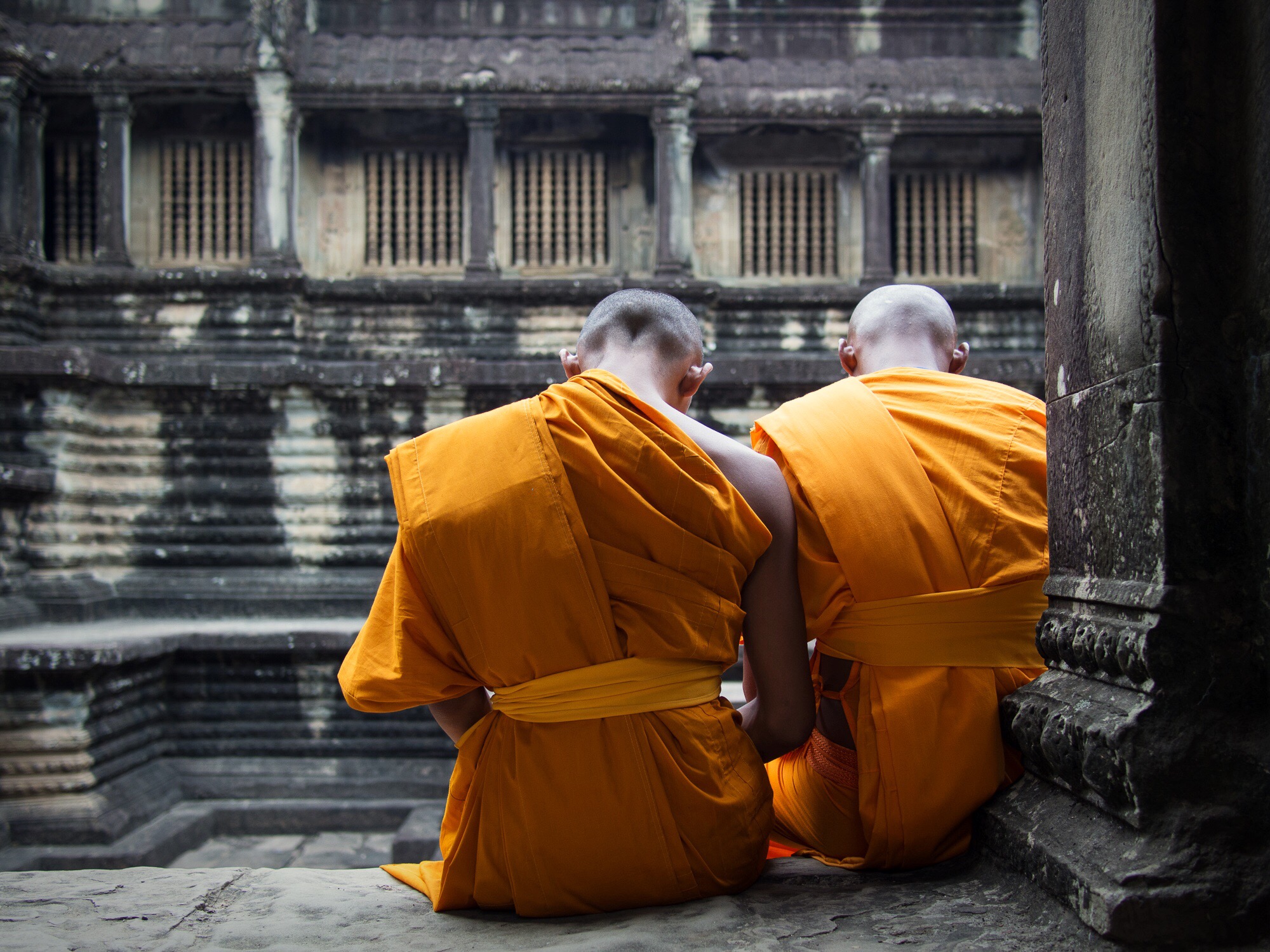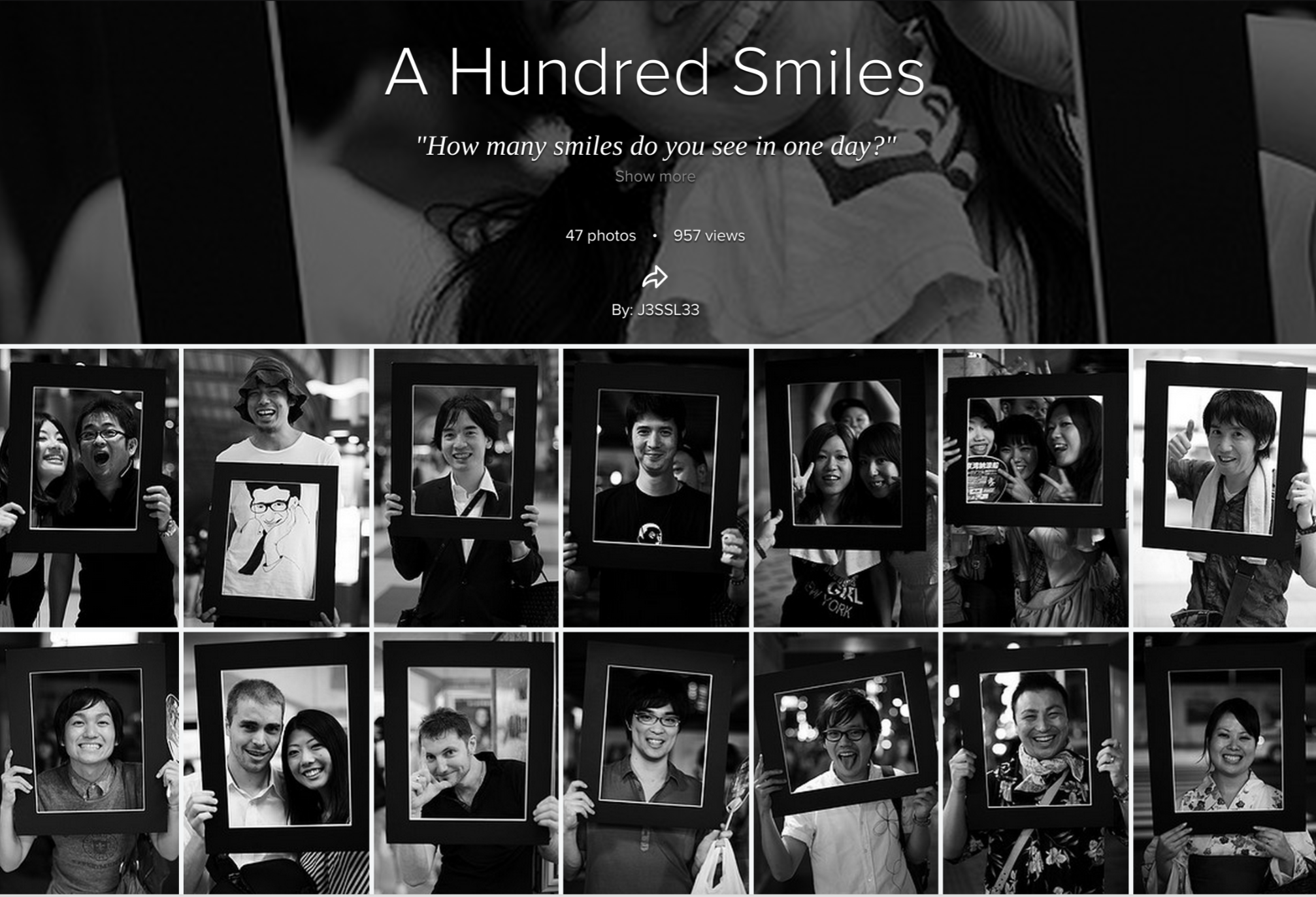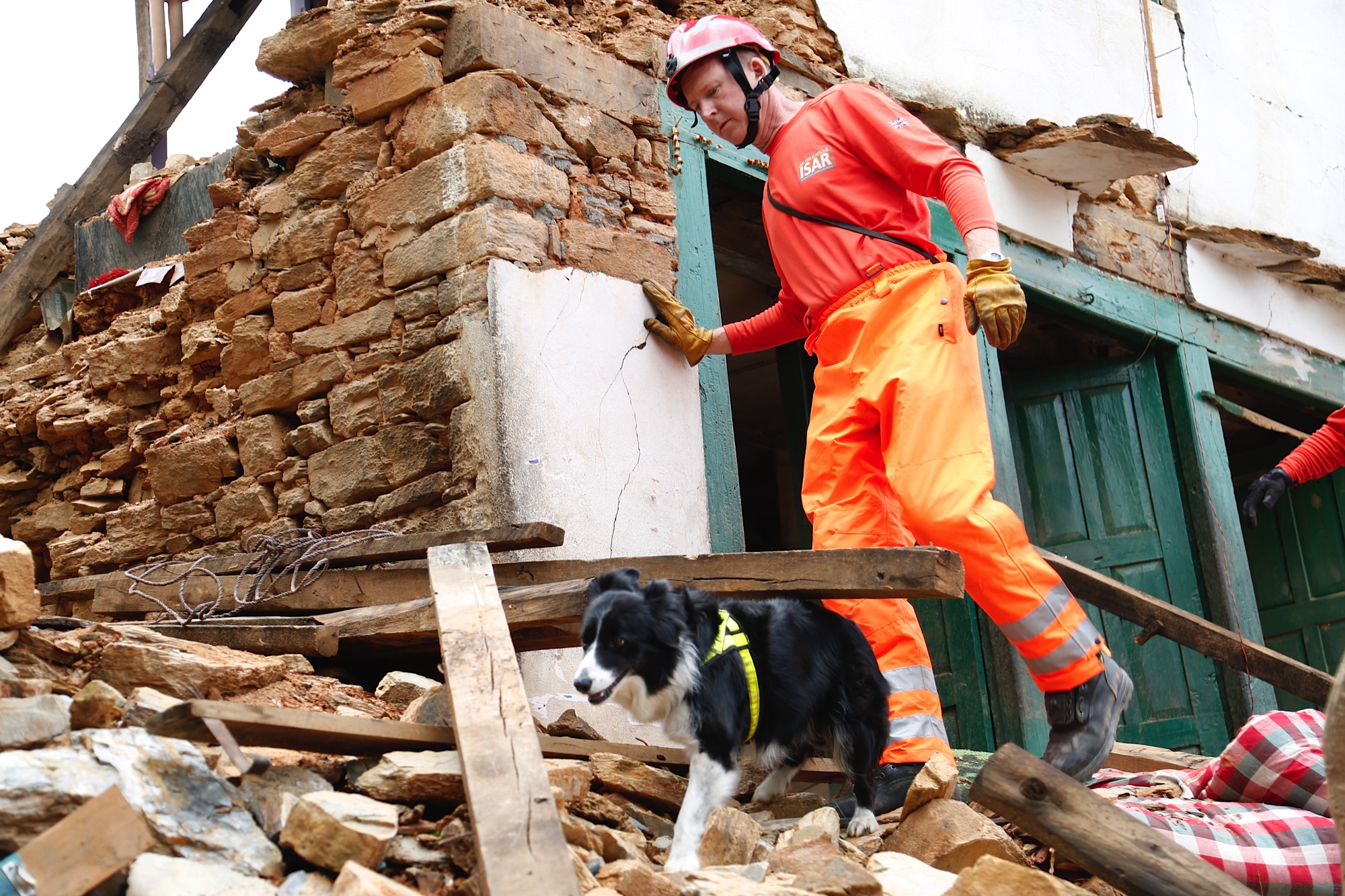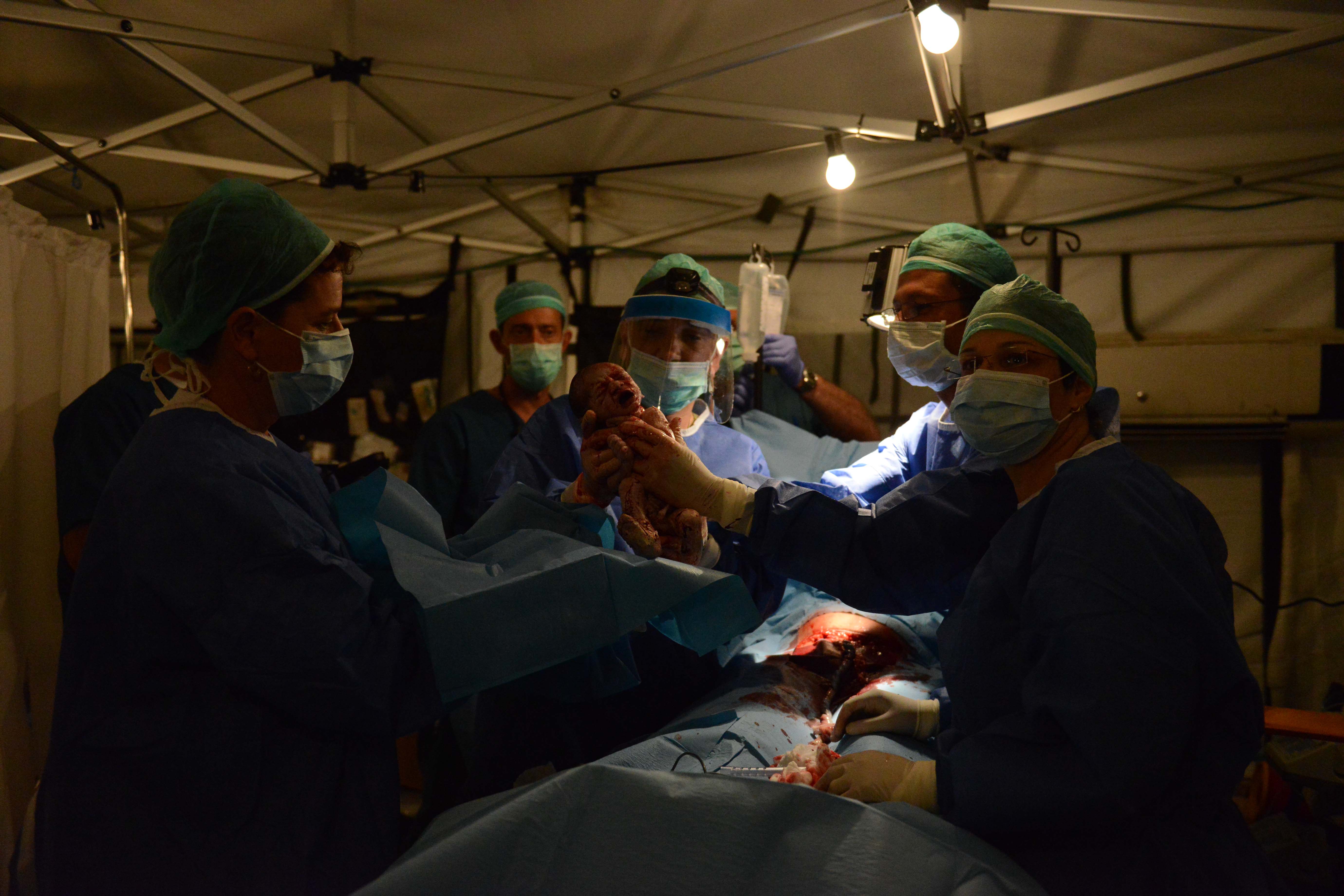I offer hanks to Comic-Con International and to everyone participating in and attending this year’s funfest. As a participant, I must say, and hope other attendees share similar experience: Something about the organization and flow of things during the Con felt different this year. I got into more panels than ever, and people in and around the Convention Center appeared more able to relax rather than be asked to move along. These little things shape the overall experience.
Unlike other years, I focused almost exclusively on shooting photos (when not attending panels). My initial Flickr set, which for now is organized by day, is live. I will add more captions over time and perhaps edit the flow. I posted more pics than the previous four years combined.
